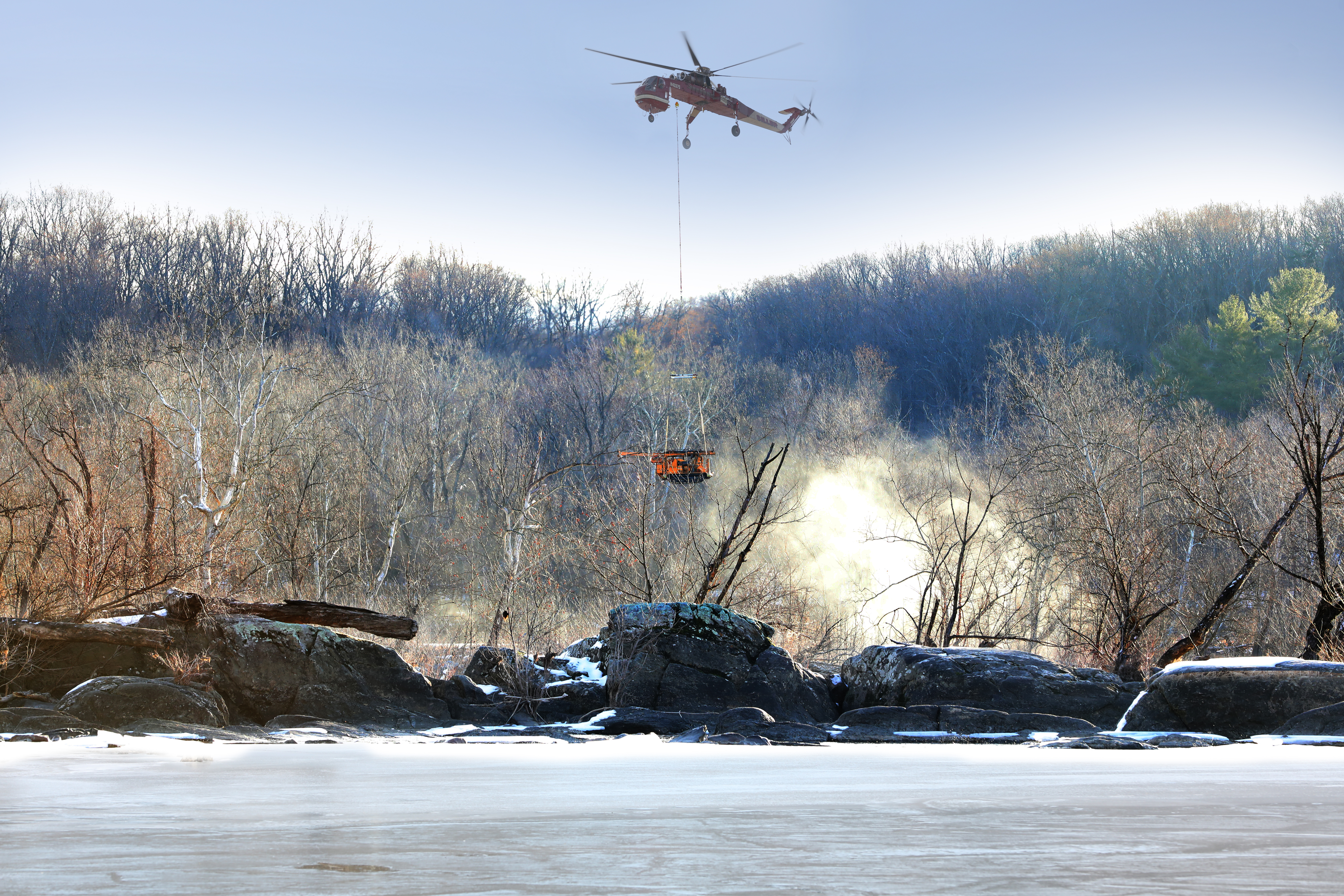What are Cyanotoxins and where do they come from?
Algae are simple plants that are important components of marine and freshwater ecosystems. Algae can range in size from microscopic to giant kelp. This group of plants includes cyanobacteria, also known as blue-green algae, which are common to freshwater ecosystems. Under certain conditions—such as high nutrient concentrations, warm weather, and abundant sunlight—cyanobacteria rapidly grow at the surface of water creating “blooms.” Though most algae are harmless, certain blooms referred to as “harmful algal blooms” (or HABs) can produce toxic compounds called cyanotoxins that are harmful to the environment, animals, and human health.
Exposure to or ingestion of water containing cyanobacteria or “cyanotoxins” can result in allergic reactions, headache, nausea, cramps, fever and vomiting. In extreme cases, health effects can result in respiratory arrest, seizures, or kidney and liver failure.
How can I be exposed to Cyanotoxins?
Most exposure to cyanotoxins comes from contact to HABs during recreational activities like swimming.
Human exposure to cyanotoxins can occur in several ways:
- Consuming contaminated fish or shellfish
- Contact between skin and water containing cyanotoxins
- Inhaling or ingesting aerosolized toxins when swimming or otherwise recreating in water when cyanotoxins are present
- Consuming drinking water impacted by toxic cyanobacteria bloom
What will happen if I am exposed to Cyanotoxins?
While confirmed occurrences of adverse health effects are rare, some incidents have been documented worldwide (AWWA 2010). Health effects of cyanotoxins can be acute or chronic and have been observed in the liver, nervous system, and gastrointestinal system.
In May 2015, US EPA issued a drinking water Health Advisory for two algal toxins; cylindrospermopsin and microcystin. A Health Advisory is not a regulation; it provides guidance to federal, state, and local agencies, and public water systems for non-regulated contaminants, in the interest of public health.
| Toxin | Age | Level |
| cylindrospermopsin | Under Six Years | 0.7 µg/L |
| Six years and older | 3.0 µg/L | |
| microcystin | Under six years | 0.3 µg/L |
| Six years and older | 1.6 µg/L |
One microgram per Liter (µg/L) is the equivalent of 1 part per billion or 1 pint in 120 million gallons.
Drinking water containing at levels exceeding the U.S. Environmental Protection Agency’s national drinking water Health Advisories can put you at risk of various adverse health effects including upset stomach, vomiting and diarrhea as well as liver and kidney damage. Seek medical attention if you or your family members are experiencing illness. Consumers who may be vulnerable to the health risks from lower cyanotoxin levels include infants and young children under the age of six, pregnant women, nursing mothers, those with pre-existing liver conditions, those receiving dialysis treatment, the elderly and other sensitive populations.
How is DC Water protecting me from Cyanotoxins?
Several of the water treatment processes utilized at the Washington Aqueduct including filtration and chlorination are effective in eliminating algae, cyanobacteria, and algal toxins from drinking water.
As part of the Unregulated Contaminant Monitoring Rule (UCMR) testing, samples of treated drinking water were taken between July and October 2018 from the points of entry at Dalecarlia and McMillan treatment plants--facilities that clean and treat water for the District.
All samples were non-detect for cyanoxotins.
For more information on harmful algal blooms and algal toxins, please see the EPA’s Harmful Algal Blooms.



